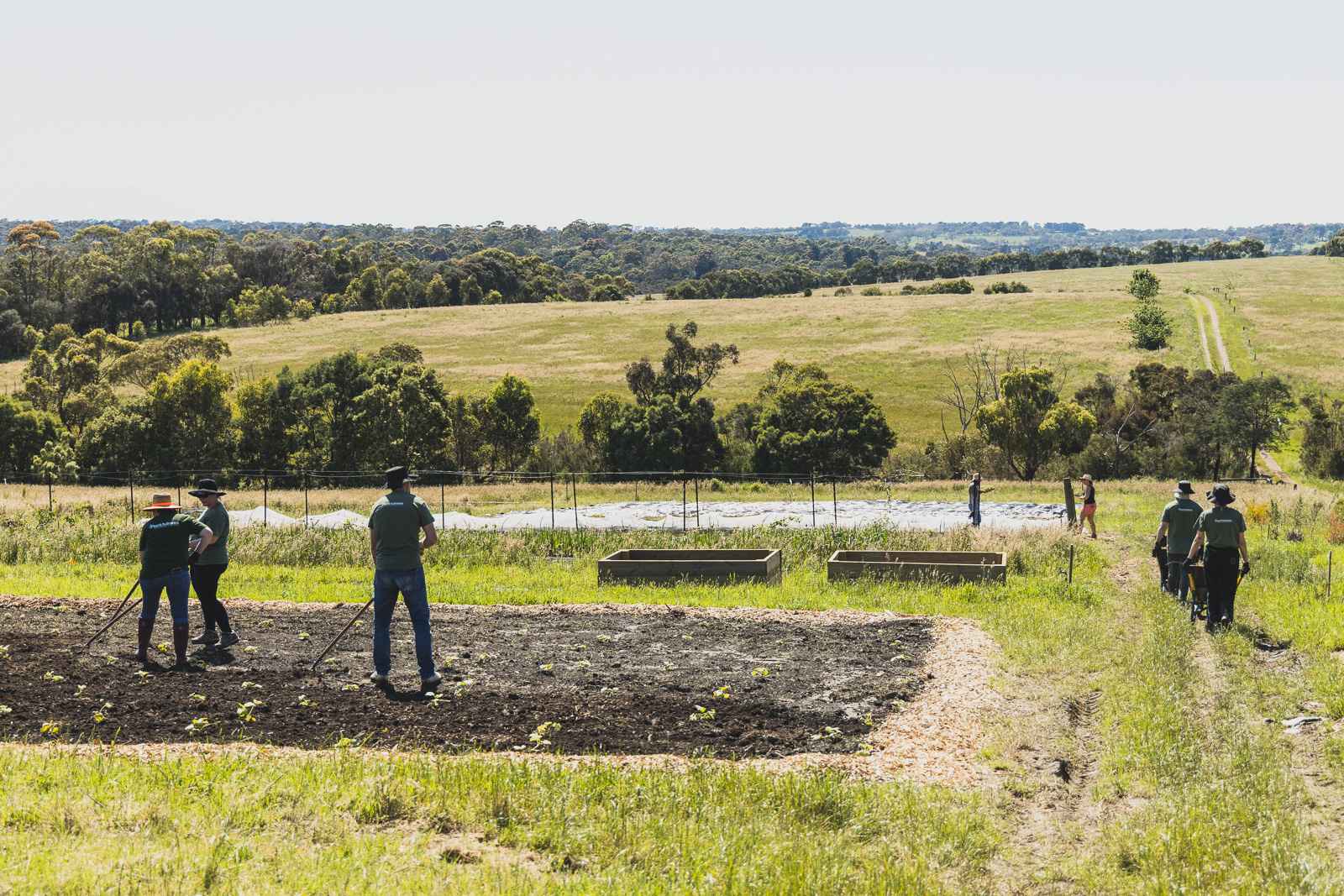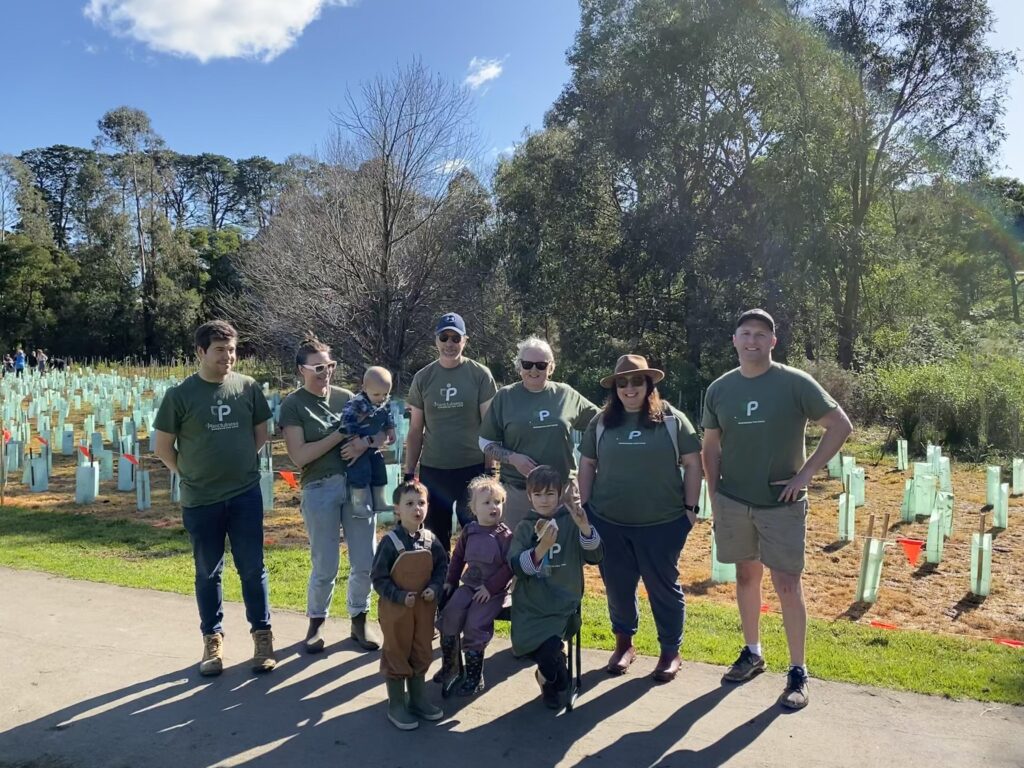
Gardening with kids
My own kids do a lot of gardening at daycare. They’re extremely invested in watering the veggies, shifting the spiders safely, and pulling out the weeds. I am so grateful to the educators for instilling this interest in them, and I want to ensure I am nurturing this at home so I put together a list for you to do the same.

- Start with Simple Concepts: Begin by explaining the basic concepts of gardening, such as how plants grow from seeds, the importance of sunlight, water, and soil, and how plants need care and attention to thrive (just like them!).
- Create a Kid-Friendly Garden Space: Set up a designated garden area that is easily accessible to kids. You can use raised beds or containers to make it manageable and less intimidating for them. For me, keeping the water away was key to avoiding too much chaos!
- Choose Kid-Friendly Plants: Select plants that are easy to grow and maintain, like sunflowers, cherry tomatoes, or herbs like basil and mint. These plants tend to have fast growth and can be visually rewarding for kids.
- Hands-On Learning: Encourage children to get their hands dirty. Let them plant seeds or seedlings, dig holes, and water the plants. Explain the importance of each task and how it helps the plants grow.
- Teach Responsibility: Teach kids about the responsibility of caring for their garden. Explain that plants need regular watering, weeding, and protection from pests. Create a simple schedule for these tasks.
- Explore Nature’s Cycles: Use gardening as an opportunity to teach kids about the natural cycles of life. Discuss how plants grow, produce flowers and fruits, and eventually die. This can be a valuable lesson about the circle of life.
- Incorporate Learning Activities: Integrate learning activities into gardening. Measure plant growth, observe insects and pollinators, and discuss the science behind plant growth and ecosystems.
- Keep it Fun and Creative: Encourage creativity by allowing kids to decorate plant markers, create garden art, or design their garden layout. This personal touch can make gardening more engaging.
- Share Successes and Failures: Celebrate the successes in your garden, such as the first sprout or the first ripe tomato. It’s also important to discuss and learn from failures or challenges, turning them into valuable learning experiences.
- Read and Explore Together: Explore children’s books, videos, and websites about gardening and nature. This can help reinforce their understanding and spark their curiosity.
- Involve Them in Harvesting: When the time comes, involve kids in harvesting the fruits, vegetables, or herbs from the garden. Let them taste what they’ve grown, which can be a rewarding experience.
- Extend the Learning: Take field trips to botanical gardens, nature reserves, or local farms to expand their knowledge and appreciation for nature and agriculture.
- Patience and Enjoyment: Teach kids that gardening is a patient and enjoyable hobby. It’s okay if they don’t see immediate results, as gardening is a long-term learning experience. I’ll finish on 13 because that seems unlucky and I hope you’re not if you’ve made it this far…
Remember to adapt your approach based on the age and interests of the children. Gardening can provide valuable life lessons, foster a connection to nature, and instill a sense of responsibility and wonder in kids of all ages.
